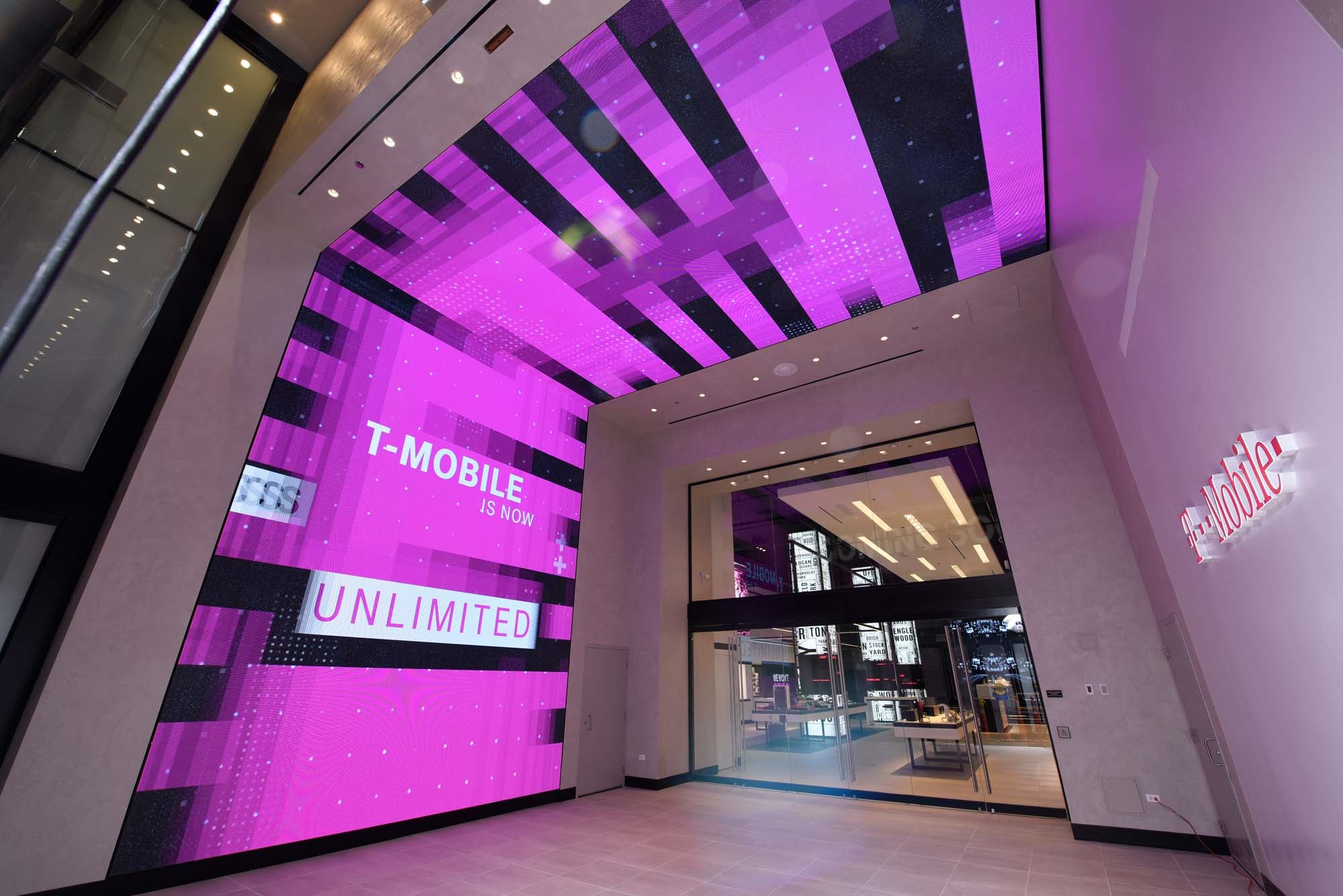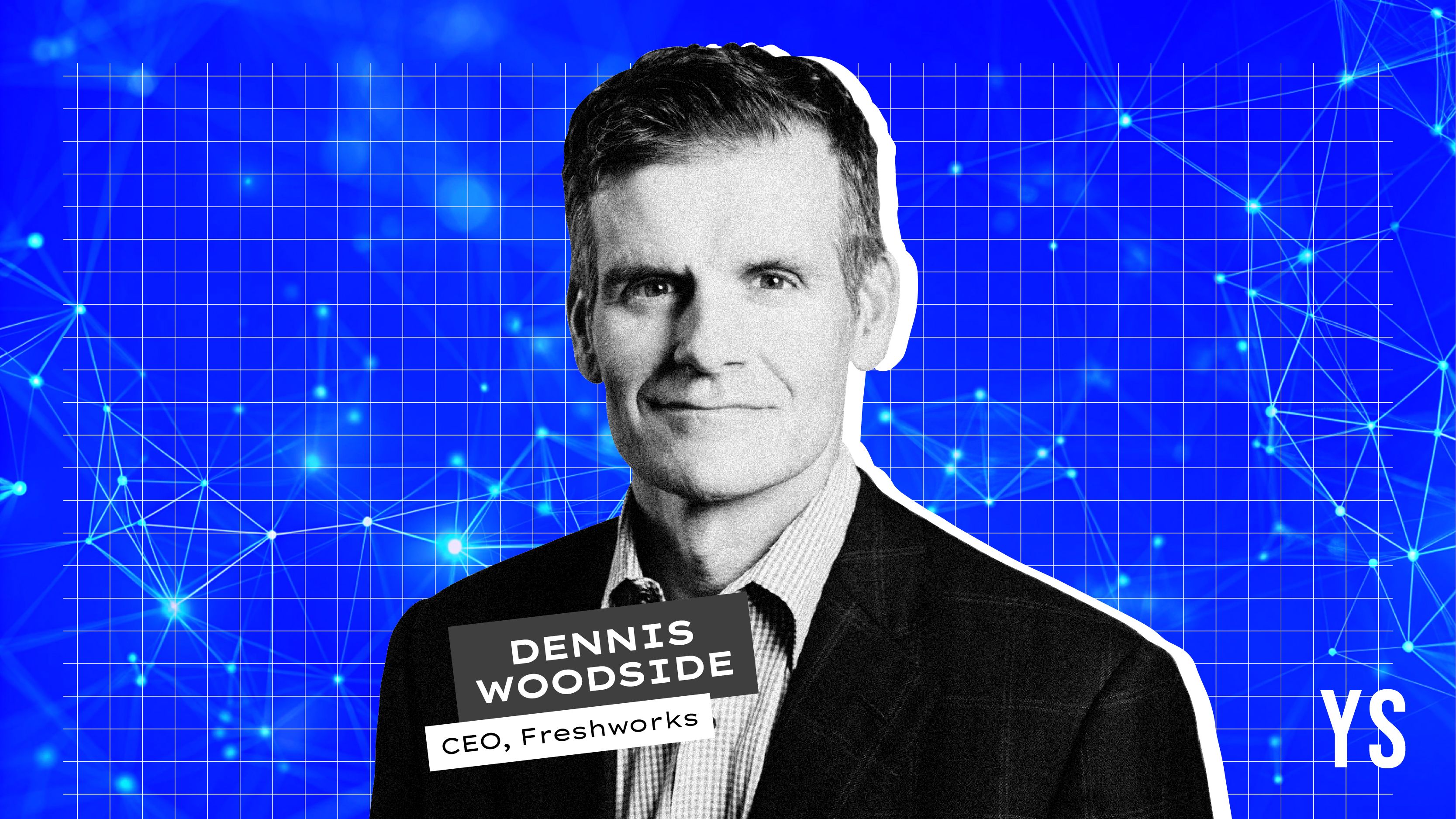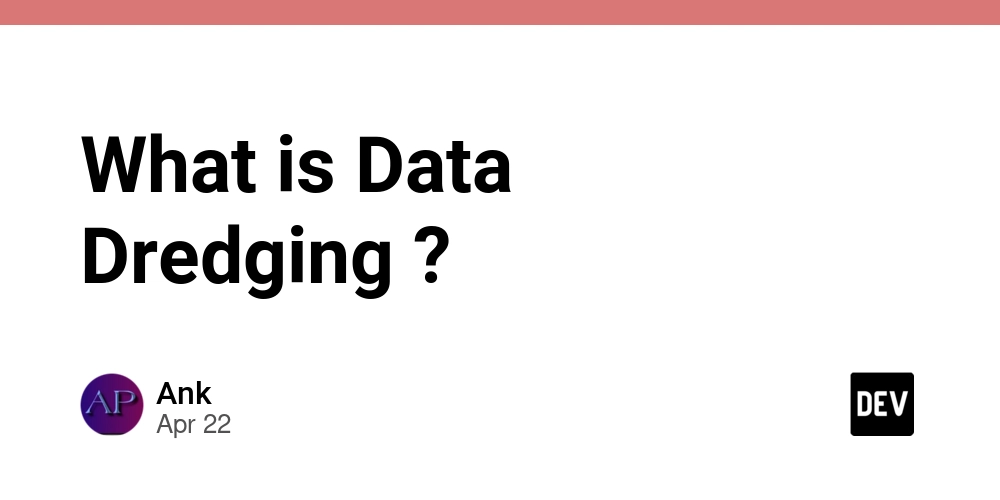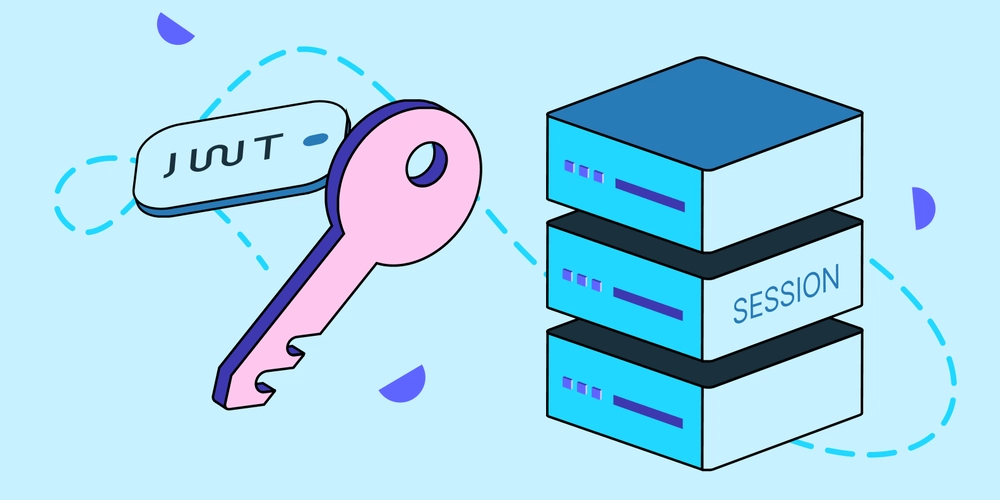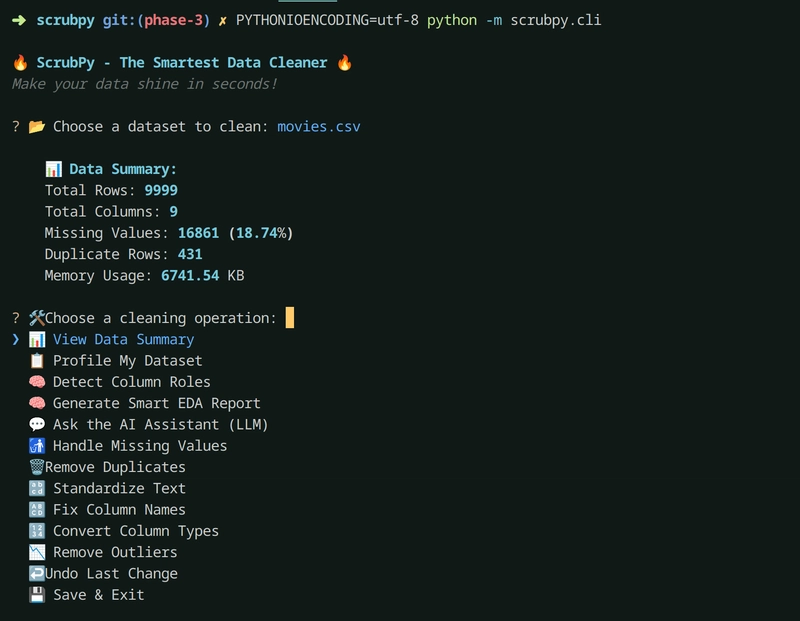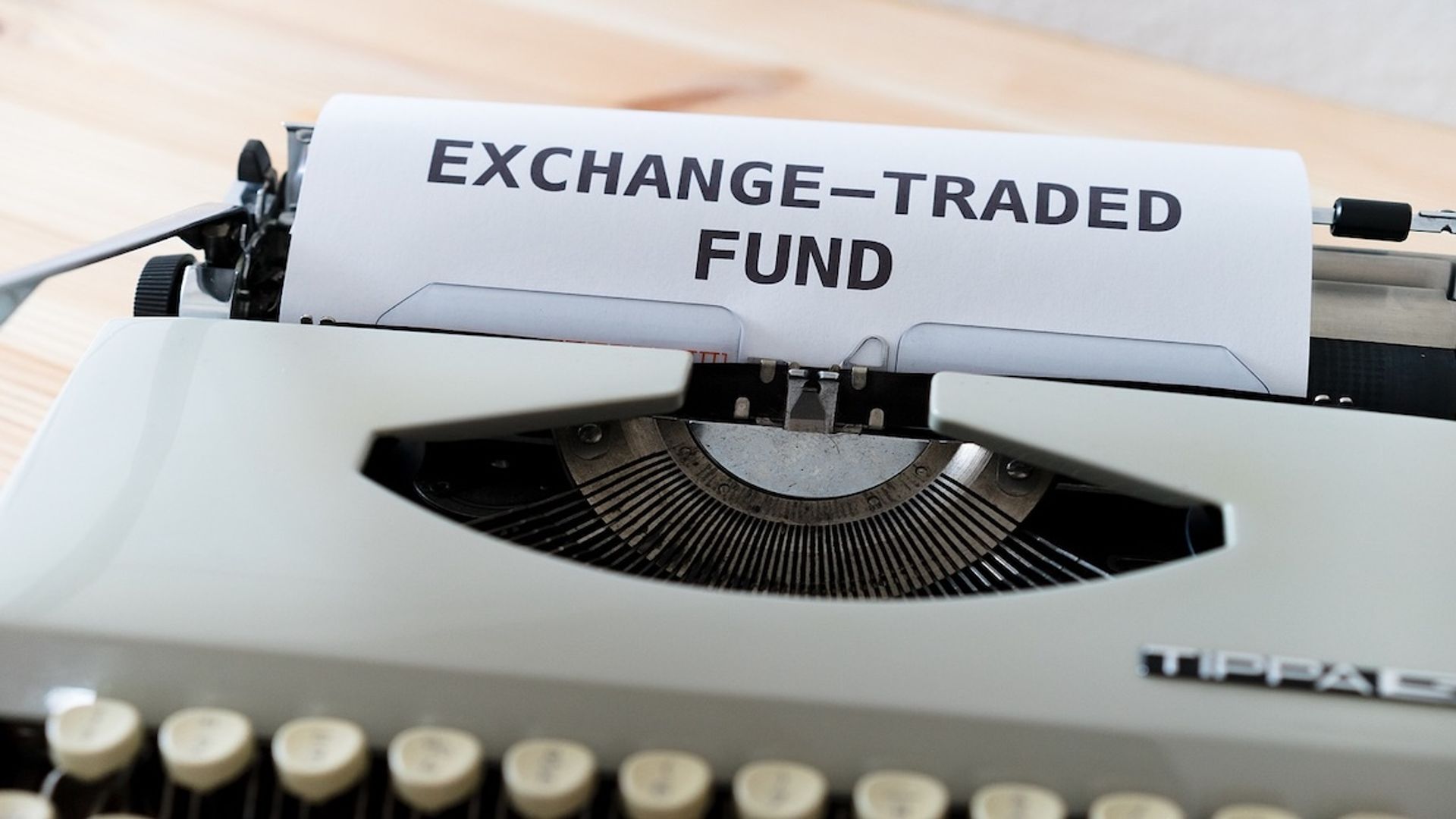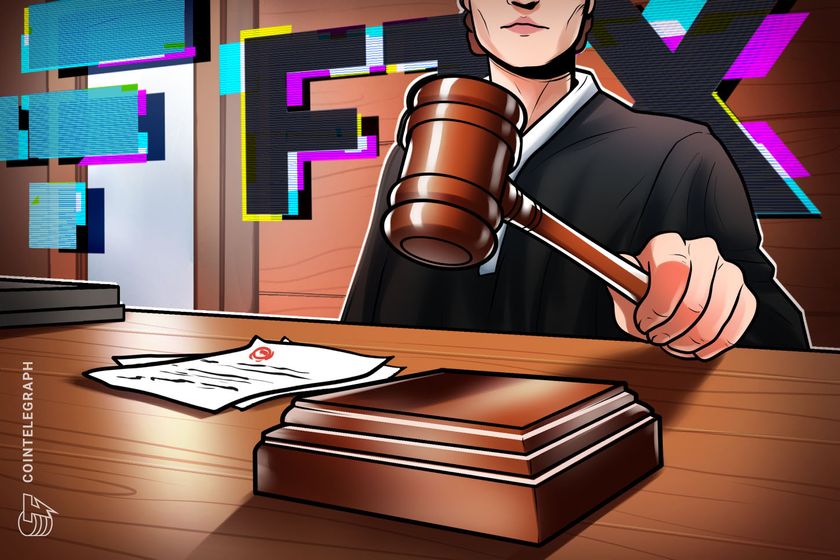Blockchain Project Funding and DAO Governance: Pioneering the Future of Digital Ecosystems
Abstract This post explores the transformative role of blockchain project funding and Decentralized Autonomous Organization (DAO) governance in revolutionizing digital ecosystems. We cover the evolution from traditional funding models to innovative blockchain-based mechanisms such as ICOs, STOs, and DeFi. In addition, we discuss practical success stories such as MakerDAO, Compound, and Uniswap—along with emerging trends such as hybrid models, improved scalability, and enhanced transparency. The article is structured into key sections including background, core concepts, use cases, challenges, and future outlook, and it is enriched with comparative tables, bullet lists, and hyperlinks to authoritative sources. Introduction The blockchain space is rapidly evolving, challenging traditional funding and governance models. In recent years, blockchain projects have adopted new funding approaches like Initial Coin Offerings (ICOs) and Security Token Offerings (STOs). These methods, alongside the rise of Decentralized Autonomous Organizations (DAOs), are unlocking innovative paths for digital economic activity. This post explains how these developments are pioneering a more inclusive, transparent, and efficient digital ecosystem, inspiring both investors and developers alike. Background and Context Blockchain technology began as an enabler for cryptocurrency but has since evolved into a disruptive force in sectors such as supply chain, finance, healthcare, and digital identity. Funding a blockchain project traditionally relied on venture capital or crowdfunding, but decentralized models have gradually gained prominence. The emergence of DAO governance provides a democratic way to manage resources and decisions with little centralized control. Key historical milestones include: Bitcoin’s introduction (2009): The first use case for blockchain, laying the groundwork for decentralized trust. Ethereum’s Smart Contracts (2015): Enabling self-executing agreements, sparking a wave of blockchain innovations. ICO Boom (2017): An era where blockchain projects raised capital in a decentralized manner. Rise of DAOs (Post-2016): Leading to participatory governance models in decentralized communities. These innovations have collectively driven forward the idea that a transparent, decentralized funding and governance structure can redefine how digital projects are developed and maintained. Core Concepts and Features Blockchain project funding and DAO governance interconnect to foster a self-sustaining digital environment. Let’s break down these core ideas: Blockchain Project Funding Blockchain project funding refers to the innovative ways projects acquire capital. Some prominent methods include: ICOs (Initial Coin Offerings): A fundraising model where tokens are sold to early backers in exchange for digital currency. STOs (Security Token Offerings): These are similar to ICOs but are regulated offerings that provide investors with a legally binding security. Decentralized Finance (DeFi): Platforms like Compound and Uniswap leverage blockchain for services ranging from lending to trading, bypassing centralized intermediaries. For those interested in keeping pace with funding trends, check out detailed insights on blockchain project funding trends and explore funding through DAOs via blockchain project funding through DAOs. DAO Governance DAO governance introduces a paradigm that replaces traditional corporate hierarchies with community-driven decision making. Key features include: Transparency: Every decision is made visible on-chain. Global Accessibility: Anyone can participate in the decision-making process regardless of geographic location. Efficiency: Automated processes and consensus-driven frameworks streamline operations. Some of the notable projects making use of DAO governance: MakerDAO: Manages the creation of the stablecoin Dai through a community-managed system. Compound: Allows community members to propose and vote on protocol changes. Uniswap: Operates using DAO governance to refine its exchange mechanisms. For deeper insights into DAO-powered ecosystems and decentralized governance, take a look at resources such as the informative guide on blockchain governance and learn more about DAOs on CoinDesk. Table: Comparison of Funding Models Funding Model Mechanism Regulation Transparency Global Access Traditional VC Venture Capital and Equity Highly regulated Low Limited ICOs Token Sales via Crypto Light to moderate High (on-chain) Global STOs Tokenized Securities Fully regulated High Global DeFi Lending/Trading Decentralized Financial Protocols Varies by jurisdiction High Global This table highlights the key differences between traditional and blockchain-based funding routes. Additional Interconnected Concepts: A few interconnected ideas enhancing blockchain project funding and DAO
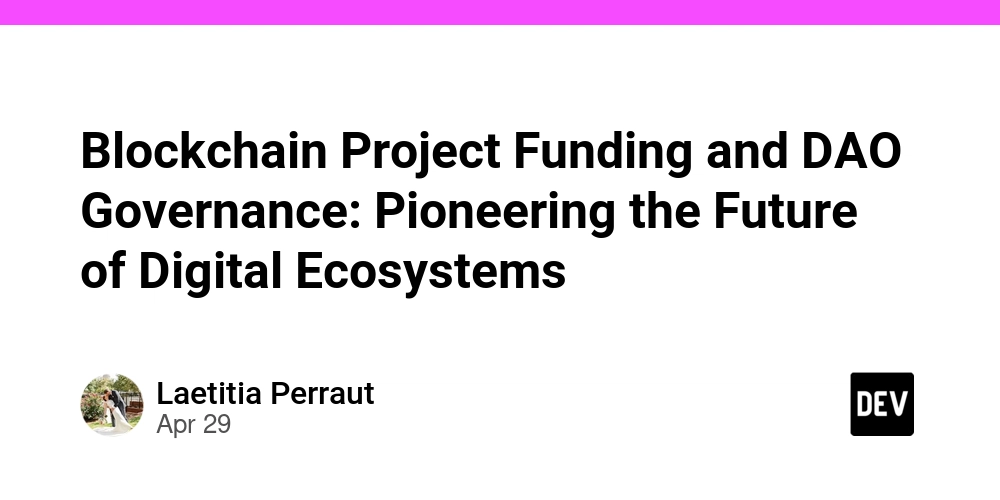
Abstract
This post explores the transformative role of blockchain project funding and Decentralized Autonomous Organization (DAO) governance in revolutionizing digital ecosystems. We cover the evolution from traditional funding models to innovative blockchain-based mechanisms such as ICOs, STOs, and DeFi. In addition, we discuss practical success stories such as MakerDAO, Compound, and Uniswap—along with emerging trends such as hybrid models, improved scalability, and enhanced transparency. The article is structured into key sections including background, core concepts, use cases, challenges, and future outlook, and it is enriched with comparative tables, bullet lists, and hyperlinks to authoritative sources.
Introduction
The blockchain space is rapidly evolving, challenging traditional funding and governance models. In recent years, blockchain projects have adopted new funding approaches like Initial Coin Offerings (ICOs) and Security Token Offerings (STOs). These methods, alongside the rise of Decentralized Autonomous Organizations (DAOs), are unlocking innovative paths for digital economic activity. This post explains how these developments are pioneering a more inclusive, transparent, and efficient digital ecosystem, inspiring both investors and developers alike.
Background and Context
Blockchain technology began as an enabler for cryptocurrency but has since evolved into a disruptive force in sectors such as supply chain, finance, healthcare, and digital identity. Funding a blockchain project traditionally relied on venture capital or crowdfunding, but decentralized models have gradually gained prominence. The emergence of DAO governance provides a democratic way to manage resources and decisions with little centralized control.
Key historical milestones include:
- Bitcoin’s introduction (2009): The first use case for blockchain, laying the groundwork for decentralized trust.
- Ethereum’s Smart Contracts (2015): Enabling self-executing agreements, sparking a wave of blockchain innovations.
- ICO Boom (2017): An era where blockchain projects raised capital in a decentralized manner.
- Rise of DAOs (Post-2016): Leading to participatory governance models in decentralized communities.
These innovations have collectively driven forward the idea that a transparent, decentralized funding and governance structure can redefine how digital projects are developed and maintained.
Core Concepts and Features
Blockchain project funding and DAO governance interconnect to foster a self-sustaining digital environment. Let’s break down these core ideas:
Blockchain Project Funding
Blockchain project funding refers to the innovative ways projects acquire capital. Some prominent methods include:
- ICOs (Initial Coin Offerings): A fundraising model where tokens are sold to early backers in exchange for digital currency.
- STOs (Security Token Offerings): These are similar to ICOs but are regulated offerings that provide investors with a legally binding security.
- Decentralized Finance (DeFi): Platforms like Compound and Uniswap leverage blockchain for services ranging from lending to trading, bypassing centralized intermediaries.
For those interested in keeping pace with funding trends, check out detailed insights on blockchain project funding trends and explore funding through DAOs via blockchain project funding through DAOs.
DAO Governance
DAO governance introduces a paradigm that replaces traditional corporate hierarchies with community-driven decision making. Key features include:
- Transparency: Every decision is made visible on-chain.
- Global Accessibility: Anyone can participate in the decision-making process regardless of geographic location.
- Efficiency: Automated processes and consensus-driven frameworks streamline operations.
Some of the notable projects making use of DAO governance:
- MakerDAO: Manages the creation of the stablecoin Dai through a community-managed system.
- Compound: Allows community members to propose and vote on protocol changes.
- Uniswap: Operates using DAO governance to refine its exchange mechanisms.
For deeper insights into DAO-powered ecosystems and decentralized governance, take a look at resources such as the informative guide on blockchain governance and learn more about DAOs on CoinDesk.
Table: Comparison of Funding Models
| Funding Model | Mechanism | Regulation | Transparency | Global Access |
|---|---|---|---|---|
| Traditional VC | Venture Capital and Equity | Highly regulated | Low | Limited |
| ICOs | Token Sales via Crypto | Light to moderate | High (on-chain) | Global |
| STOs | Tokenized Securities | Fully regulated | High | Global |
| DeFi Lending/Trading | Decentralized Financial Protocols | Varies by jurisdiction | High | Global |
This table highlights the key differences between traditional and blockchain-based funding routes.
Additional Interconnected Concepts:
A few interconnected ideas enhancing blockchain project funding and DAO governance include:
- Hybrid Models: Integration of traditional funding with blockchain-based methods for additional security and accountability. Explore more on blockchain project funding and hybrid models.
- Scalability: Growing numbers of blockchain applications require upgraded consensus algorithms and better network throughput (Arbitrum scalability issues).
- Privacy: Enhanced by cryptographic techniques ensuring sensitive data remains secure (Arbitrum and privacy).
Applications and Use Cases
Blockchain project funding and DAO governance are already powering real-world applications and experiments.
MakerDAO:
MakerDAO is a pioneer in using DAO governance to create and manage the Dai stablecoin. By allowing token holders to vote on crucial parameters such as stability fees and collateral types, MakerDAO represents a breakthrough in decentralized finance (DeFi).
Compound:
Compound provides an environment where lending, borrowing, and market-driven adjustments are managed via community voting. This project shows how decentralized funding and protocol upgrades can work seamlessly to accommodate market demands.
Uniswap:
Uniswap features an accessible, decentralized exchange where protocol changes occur based on DAO votes. The catalyst behind its market resilience is its transparent approach and the ability for community-led modifications.
For a deeper dive into these success stories, you might find the detailed analysis on Compound and Uniswap insightful.
Challenges and Limitations
While blockchain funding and DAO governance hold significant promise, several challenges remain:
- Regulatory Uncertainty: Evolving frameworks continue to shape how blockchain projects comply with legal standards. For more on this, review blockchain regulation.
- Security Issues: Although blockchain provides enhanced security, smart contract vulnerabilities and network exploits (such as those addressed in Arbitrum and smart contract audits) can endanger project funds.
- Scalability Concerns: As usage increases, many networks face issues related to decentralization versus performance—addressed by improved consensus algorithms such as those under trial in various blockchains.
- Adoption Barriers: The complexity of blockchain technology may deter newcomers despite readily available resources and community support. Simplifying user interfaces and enhancing education initiatives are key to expanding this ecosystem.
Bullet List: Key Challenges
- Regulatory Compliance: Inconsistent policies across regions.
- Security Vulnerabilities: Risks from bugs or exploitation in smart contracts.
- Scalability and Throughput: Balancing network performance with decentralization.
- User Adoption: Bridging the knowledge gap for mainstream users.
Future Outlook and Innovations
The future of blockchain project funding and DAO governance is promising. Anticipated innovations include:
Emerging Hybrid Funding Models
There is increasing evidence that blending traditional investment methods with blockchain-based funding can create more robust ecosystems. By combining regulatory oversight with the agility of DeFi, projects can enjoy greater investor protection while remaining decentralized. This trend is explored further in studies on blockchain project funding through hybrid models.
Technological Advancements
The next wave of technological advancements—such as layer 2 scaling solutions, enhanced consensus mechanisms, and privacy-focused upgrades—will address many current limitations. Innovations in privacy protection, for instance, are discussed regarding Arbitrum's community governance and scalability challenges.
Increased Regulatory Clarity
As governments and regulatory bodies begin to better understand and classify blockchain assets, we can expect a more harmonized regulatory landscape. This could lead to increased investor confidence, further solidifying blockchain funding as a legitimate capital formation route.
Integration With Traditional Finance
Projects like DeFi are increasingly intersecting with traditional finance. Future collaborations might include tokenized asset management and blockchain-based derivatives that fuse the best of both worlds. The potential to integrate with conventional financial systems could drive mass adoption and significantly lower transaction costs.
Developer and Community Ecosystems
The open-source movement underpins most blockchain projects. As these communities continue to grow, we see more sustainable initiatives such as GitHub sponsorships and grant programs. For instance, License Token – a new paradigm for OSS sustainability discusses innovative models for funding open source through blockchain technology. Additionally, platforms like Gitcoin demonstrate how community-based grants drive development.
Developer Insights from the Community
Developers and thought leaders alike are sharing insights into how DAO structures and blockchain funding shape the future. Check out articles such as Elon Musk’s open source journey: A catalyst for innovation and Open source funding for maintenance: Ensuring sustainability for more perspectives on these trends.
Selected Related Links from the Arbitrum Ecosystem
- Arbitrum and Community Governance
- Arbitrum and DeFi Yield
- Arbitrum DAO
- Arbitrum Scalability Issues
- Arbitrum and Privacy
These resources provide additional insights into how blockchain networks and DAOs operate on a practical level.
Summary
Blockchain project funding and DAO governance are not just buzzwords; they represent a fundamental shift in how we finance and govern digital projects. By harnessing the power of decentralization, community collaboration, and transparency, these innovative models are setting new standards for efficiency, security, and inclusiveness.
Key takeaways include:
- Blockchain funding models such as ICOs, STOs, and DeFi are reshaping capital formation.
- DAO governance provides a decentralized, transparent alternative to traditional management structures.
- Real-world applications like MakerDAO, Compound, and Uniswap illustrate the successful implementation of these innovations.
- Ongoing challenges such as regulatory uncertainty, security, and scalability are being actively addressed by emerging technologies and hybrid funding models.
- The future is bright with anticipated technological advancements, increased regulatory clarity, and the merging of traditional finance with blockchain innovation.
The shifting landscape of blockchain project funding and DAO governance underscores the potential for a more equitable digital economy. As these models mature, we can expect continued investment in technologies that drive transparency, efficiency, and empowerment across global digital ecosystems.
For further reading on this pioneering shift, explore the Original Article on Blockchain Project Funding and DAO Governance and dive into additional analyses on blockchain and DeFi innovation.
By embracing these innovative frameworks, developers, investors, and community members alike will help shape a future where financial inclusivity and democratic governance become the norm. This is a pivotal moment in digital innovation—a transformative era defined by decentralized collaboration and clean, transparent funding models.
As more organizations explore these trails and blend traditional structures with blockchain technology, the ecosystem grows ever more robust and versatile. Whether you’re an investor seeking new opportunities or a developer aiming to contribute to open-source projects, the future of blockchain and DAO governance promises an exciting, dynamic landscape that is truly just getting started.





































































































































































![[The AI Show Episode 145]: OpenAI Releases o3 and o4-mini, AI Is Causing “Quiet Layoffs,” Executive Order on Youth AI Education & GPT-4o’s Controversial Update](https://www.marketingaiinstitute.com/hubfs/ep%20145%20cover.png)















































































































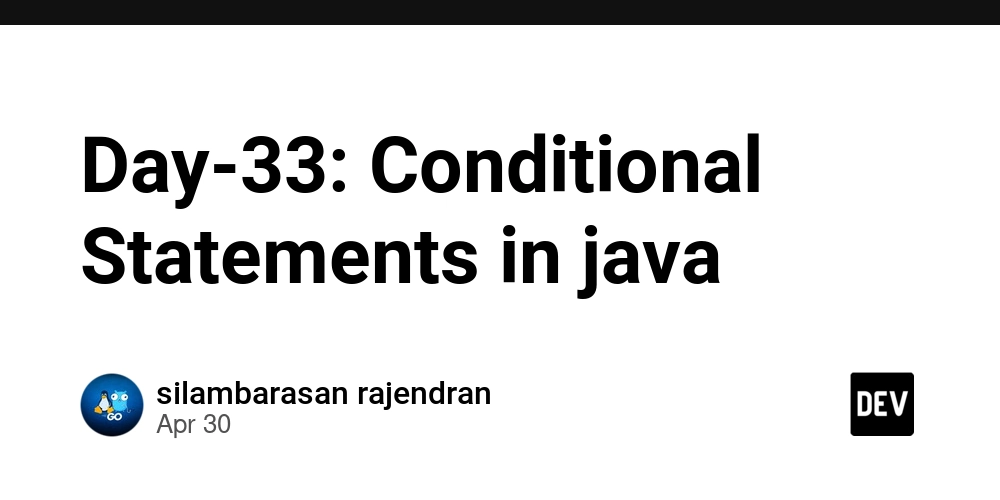























































































































































_NicoElNino_Alamy.jpg?width=1280&auto=webp&quality=80&disable=upscale#)





















































































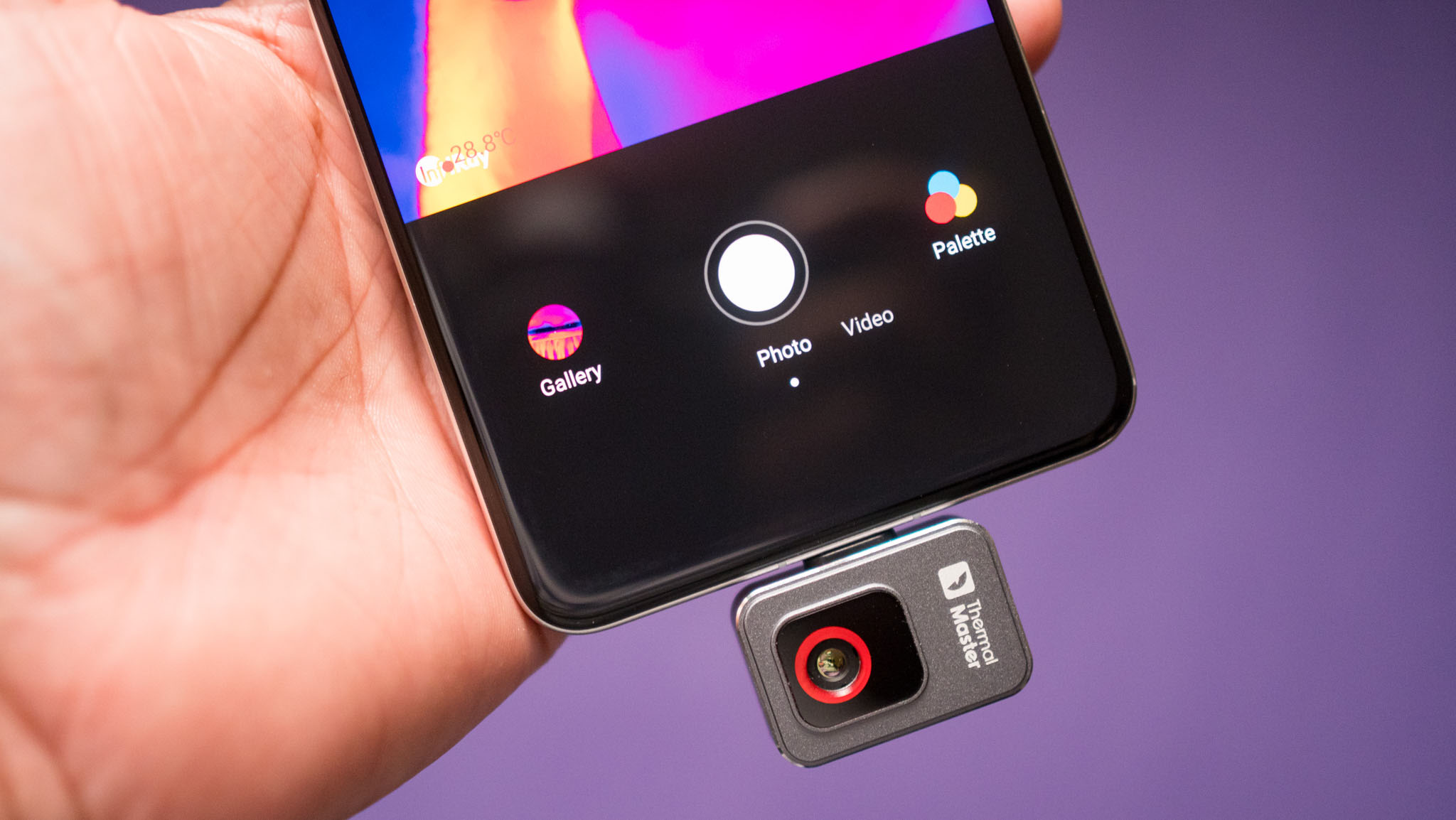









![Craft adds Readwise integration for working with book notes and highlights [50% off]](https://i0.wp.com/9to5mac.com/wp-content/uploads/sites/6/2025/04/craft3.jpg.png?resize=1200%2C628&quality=82&strip=all&ssl=1)











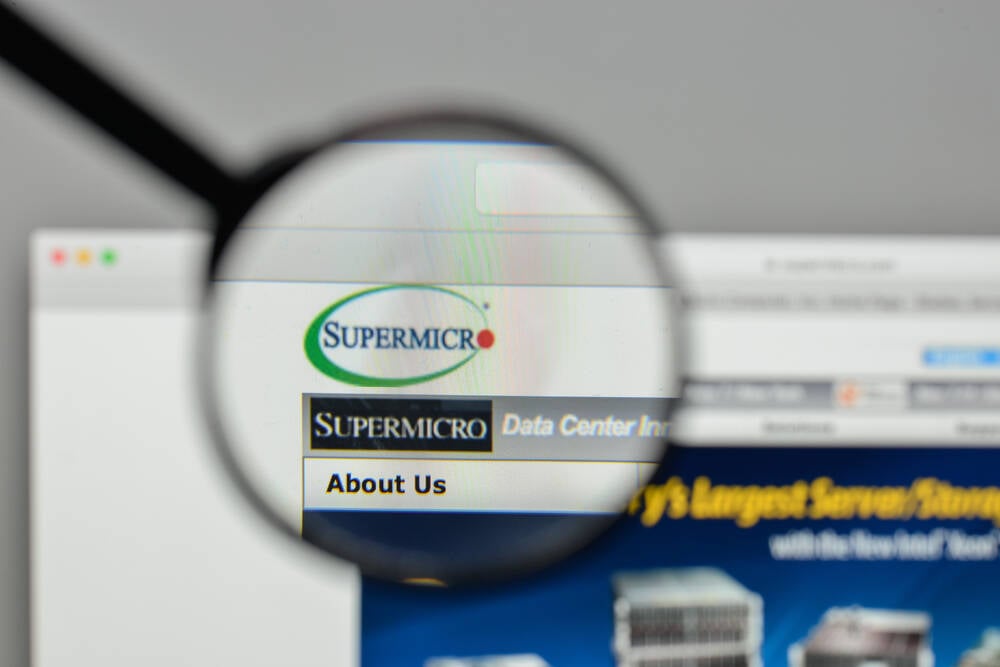
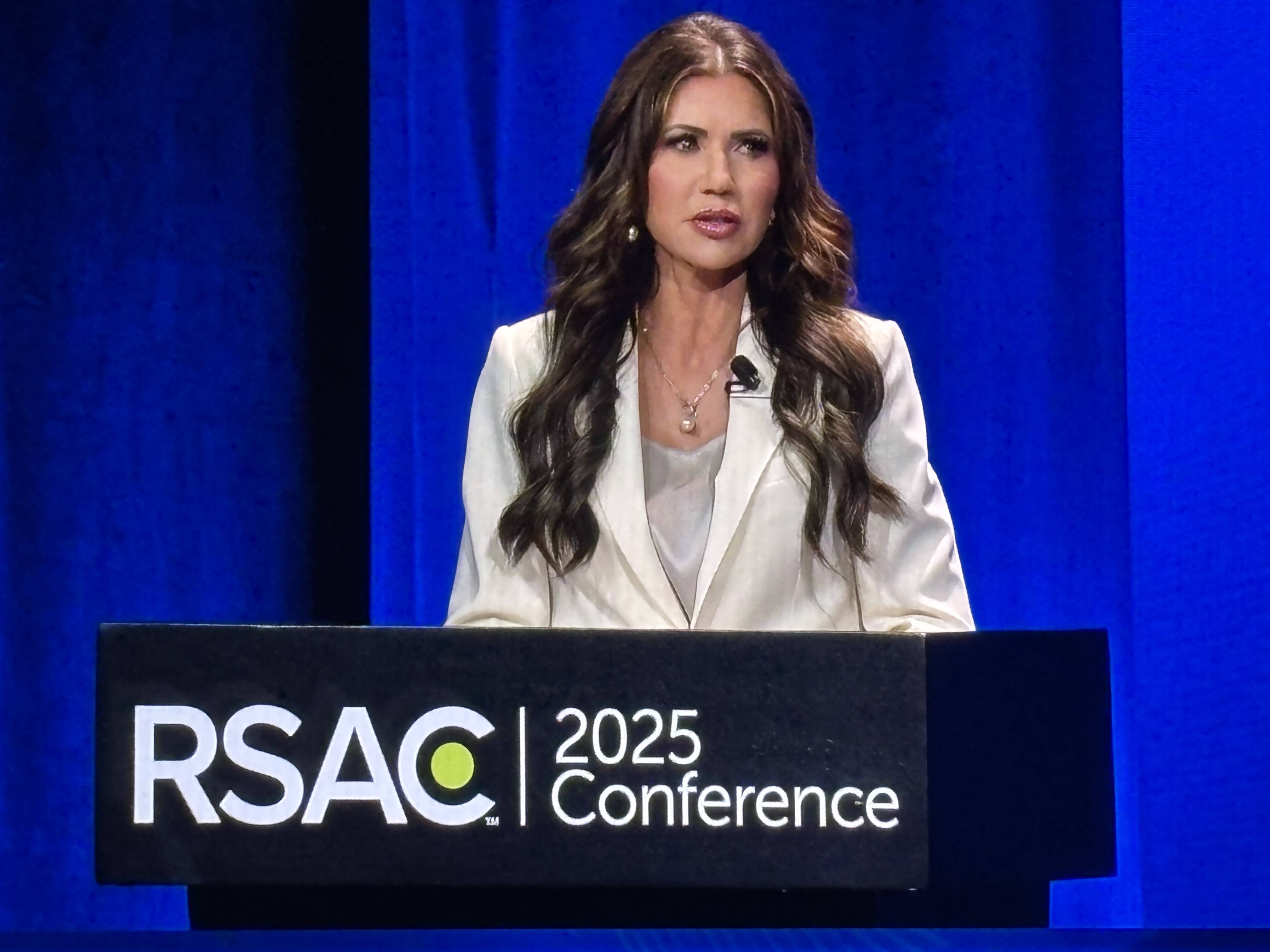


![Apple Restructures Global Affairs and Apple Music Teams [Report]](https://www.iclarified.com/images/news/97162/97162/97162-640.jpg)
![New iPhone Factory Goes Live in India, Another Just Days Away [Report]](https://www.iclarified.com/images/news/97165/97165/97165-640.jpg)














































